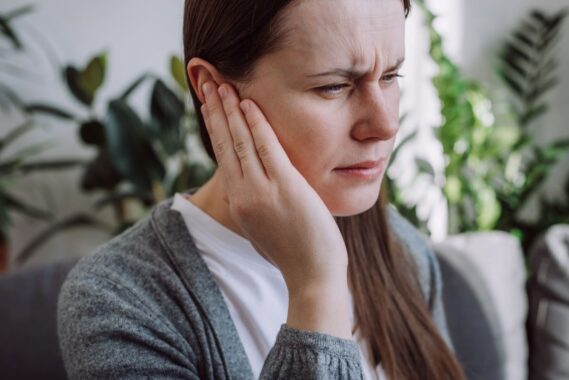Key questions: Neuralgias

GP and neurology expert Dr Nassif Mansour answers key questions about different types of neuralgia encountered in general practice
Key points
- Neuralgia is pain in one or more dermatomes due to irritation, entrapment or inflammation of a nerve or nerve root
- The main clinical characteristics are stabbing, burning or shooting pain along the path of the nerve or its root
- Post-herpetic neuralgia affects 20% of patients with shingles. Pain management may be complex and require strong analgesia, hence it is vital to encourage shingles vaccine uptake
- Trigeminal neuralgia usually presents in people over 40; it can be managed in primary care with regular carbamazepine but tends to worsen with age. Red flags include: younger onset; bilateral pain; history of tinnitus, facial skin rash, optic neuritis or multiple sclerosis
- Glossopharyngeal neuralgia is thought to be linked to damage to the glossopharyngeal nerve sheath as a consequence of ageing, pressure from a mass or multiple sclerosis; referral for CT or MRI and neurology investigations are required to confirm diagnosis. Lifestyle changes, avoiding triggers and oral analgesia can reduce pain but nerve blocks or more invasive surgery may be required
What is the definition of a ‘neuralgia’ and what are the clinical characteristics?
Neuralgia is a pain in the distribution of one or more dermatomes, caused by the irritation, entrapment or inflammation of a nerve or its root. Clinical characteristics include sudden episodes of an extreme stabbing, burning or sharp shooting pain that follows the path of the nerve. Examples include disc prolapse with irritation of the nerve root, with pain felt down the dermatome (sciatica). Entrapment of the median nerve at the carpal tunnel (carpal tunnel syndrome) causes pain and hypersensitivity in the median distribution of the hand. An individual may be very sensitive to touch in the area supplied by that nerve and so experience pain which would not normally occur. For instance, ulnar nerve entrapment at the medial epicondyle of the elbow, otherwise known as Cubital Tunnel Syndrome, leads to hypersensitivity and intense pain in the ulnar distribution of the hand (little and ring fingers).
Many patients with shingles experience significant pain, which can be prolonged. At what point is this defined as post-herpetic neuralgia (PHN)? Does use of acyclovir in the acute phase reduce the risk of it developing?
While pain is a common symptom of shingles, PHN is pain that carries on in the same dermatome after the rash disappears. The pain can be constant or intermittent and is usually described as aching, burning, itching, lancinating or sharp.
It is the most common complication, affecting 20% of people who develop shingles. In most cases, PHN is associated with a recent history of shingles with pain at the site of the rash. However, be aware that the person may not remember the rash and it may rarely occur 3-6 months after the rash disappeared. The pain can last for several years or may even be permanent.
People aged 50 and over are particularly at risk and while studies in the past have suggested that early use of acyclovir during the acute shingles episode may prevent PHN, recent evidence suggests that treatment does not reduce the incidence of PHN.1,2
Click here to read the full article and download your certificate logging 2 CPD hours towards revalidation
Pulse October survey
Take our July 2025 survey to potentially win £1.000 worth of tokens

Visit Pulse Reference for details on 140 symptoms, including easily searchable symptoms and categories, offering you a free platform to check symptoms and receive potential diagnoses during consultations.










